Research Results
Seismic Reinforcing Material for Important Cultural Properties!
Innovative New Construction Material FY2018
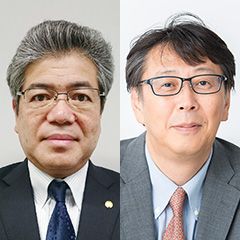
- Shoichi Ikebata (Project Leader/Daiwa House Industry Co., Ltd., Director)
- Kiyoshi Uzawa (Research Leader/Kanazawa Institute of Technology, Innovative Composite Materials Research and Development Center,
Professor/Director) - Center Of Innovation (C01) Program
- "Construction of next-generation infrastructure using innovative materials" (2013 - 2021)
Japan's first carbon fiber composite established JIS as tension member for seismic reinforcement
Something that is a problem today in Japan is the deterioration of many structures, such as roads, bridges and buildings, which were built during the period of rapid growth from the 1950s to the start of the 1970s. Their maintenance costs are also high, and there is even the possibility of failure and other problems in the future. To a country that suffers major earthquakes like Japan, seismic reinforcement of structures is a major task going forward. What is required here then, is innovative material which is lightweight, high strength, durable and low cost, with superior environment performance.
To answer this challenge,KOMATSU MATERE (head office: Nomi, Ishikawa Prefecture) has succeeded, working with Kanazawa Institute of Technology under the JST's Center Of Innovation program in creating the "CABKOMA Strand Rod®" product, a rope-shaped carbon fiber composite material. In addition, this product established the new JIS (Japanese Industrial Standards) on November 20, 2019 as "Tension member for seismic reinforcement — Carbon fibre composite strand wires" (JIS A 5571). It is the first product standard for carbon fiber in Japan.
Innovative thermoplastic carbon fiber composite "CABKOMA Strand Rod"
The "CABKOMA Strand Rod" is a rope-shaped material that merges the technology of braiding, which is a traditional industry of Japan, with modern carbon fiber technology, combining both strength and suppleness. It is a thermoplastic carbon fiber composite material, in which carbon fiber is covered with glass fiber, then soaked in thermoplastic resin, and twisted into a rope shape. Its key characteristics are its light weight, strength and rustproof quality. Its weight is as light as 1/5 that of iron, with tensile strength 10 times of iron.
CABKOMA Strand Rod
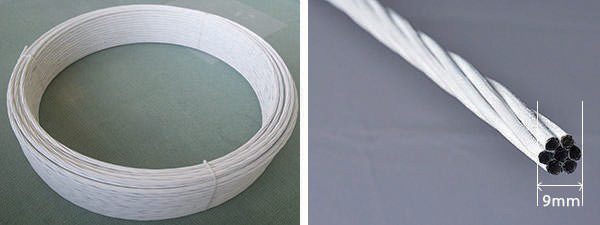
Used in seismic reinforcement of the important cultural asset, the KYOZO Sutra Repository of Zenkoji Temple
"CABKOMA Strand Rod" is especially suited to the seismic reinforcement of wooden buildings, and was used in 2017 for seismic reinforcement in the preservation and repair project for the important cultural asset, the KYOZO Sutra Repository of Zenkoji Temple (founded 1759) in Nagano city. In the seismic reinforcement of historical buildings, the reinforcement itself should not be eye catching and should not damage the actual building. Moreover, maximum reinforcement is required. "CABKOMA Strand Rod" meets this requirement superbly, and succeeded in supporting a very old building. Furthermore, its value as a reinforcing material is only set to increase, with its adoption in seismic repair projects for the National and World Heritage site,Tomioka Silk Mill's West Cocoon Warehouse, and Fujiyama Hotel in Miyanoshita, Hakone.
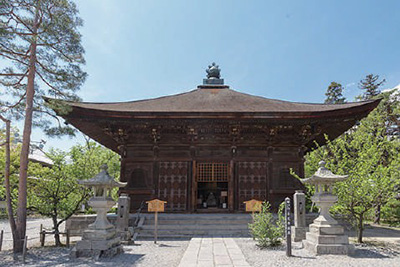
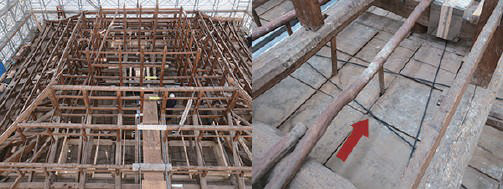
Realization of seismic reinforcement in the preservation and repair project for the important cultural asset the KYOZO Sutra Repository of Zenkoji Temple (Design by EJIRI STRUCTURAL ENGINEERS, Supervised by The Japanese Association for Conservation of Architectural Monuments, Photo provided by Zenkoji Temple)
Its true parent is the locally based collaborative project between industry and academia
The Center of Innovation (COI) program that gave birth to "CABKOMA Strand Rod" is an open research and development program, in which a central base is established from which innovative research is tackled in collaboration between industry and universities, with a view toward the near future of 10 years from now. It strives to achieve its objectives via an integrated system of merging different fields and Industries from the development through to application of materials.
Its base is centered on Kanazawa Institute of Technology, and its vision for the near future is "to establish a sustainable society with vitality." As the core of the "Construction of Next-Generation Infrastructure Systems using Innovative Materials" the center is proactively engaged in the research of a variety of structural materials under the command of Project Leader Shoichi Ikebata and Research Leader Kiyoshi Uzawa.
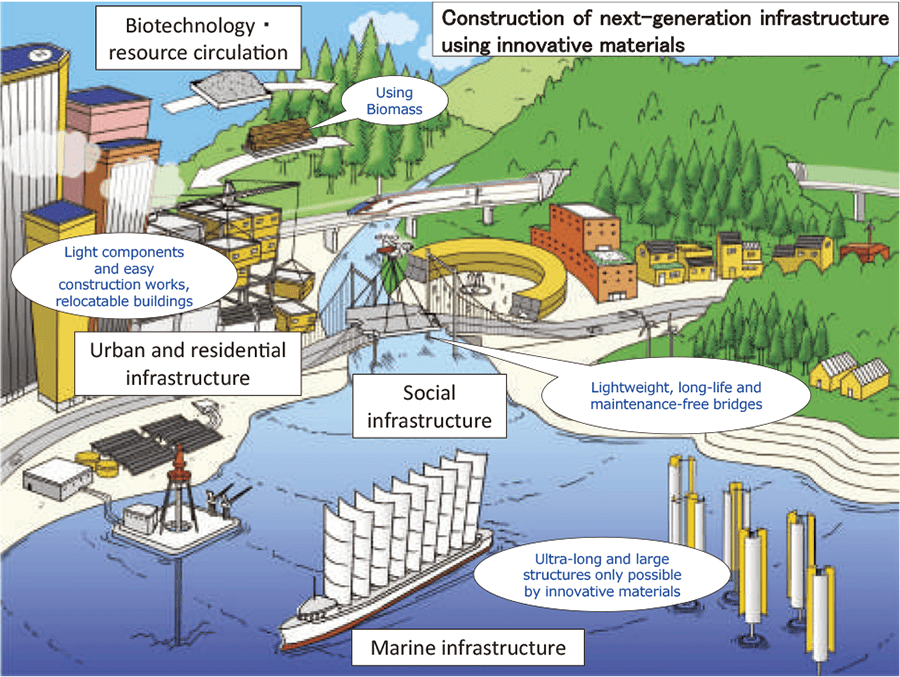
The society Japan should strive for 10 years from now. New infrastructure will be built using innovative materials.
Spread and market expansion expected in the future
As a construction material, the spread of carbon fiber has not progressed yet, but the specific value of its properties will be standardized by the JIS registration, and it will be likely recognized as a safer, cheaper, easier-to-use construction material. Going forward, it is surely going to play a substantial role as a seismic reinforcing material for many depleted buildings, as well as its obvious use in the reinforcement of historical buildings. Furthermore, if it can gain official recognition as a method for earthquake-resistant construction, it will probably spread at an accelerated rate.
